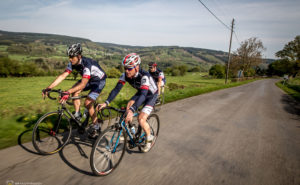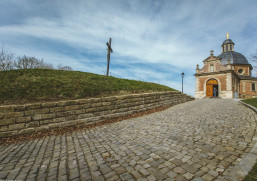Defining a Monument: Liege-Bastogne-Liege
Historically, the Belgian Ardennes are regarded as one of the most significant and important military battlegrounds. Movies, documentaries, television series and books have all gone to great length to describe and analyze the crucial confrontation that has been memorialized as the Ardennes Counteroffensive, better known as the Battle of the Bulge. The villages of Foy, Houffalize and of course Bastogne were obliterated, the forests surrounding these towns having exploded with artillery, the night sky illuminated like a Fourth of July fireworks celebration. Rebuilt to honor the lives sacrificed for world freedom, the scars of World War II are still sharply felt. General McAuliffe’s famous expression of “nuts”, when asked by the Germans to surrender, is still painted on concrete bunkers on the edge of Bastogne. The great memorial at Mardasson was built by the Belgian people, declaring an infinite friendship and eternal gratitude to the United States for victory. And while eternal peace has hopefully laid a blanket across this swath of Belgium, there is still an eerie silence that is broken by the ghosts of soldiers and citizens. Fortunately, the land, the region and the country are not only regarded for its place military history. Any view into the Ardennes will likely bring up two things that are essential to Wallonia, and for that matter Belgian, life- beer and cycling. And while conversations will continue about the quality of beer produced and which of them is the best, when it comes to cycling, the conversation in this part of Belgium begins and ends with one race: Liège-Bastogne-Liège. Go to Article 

